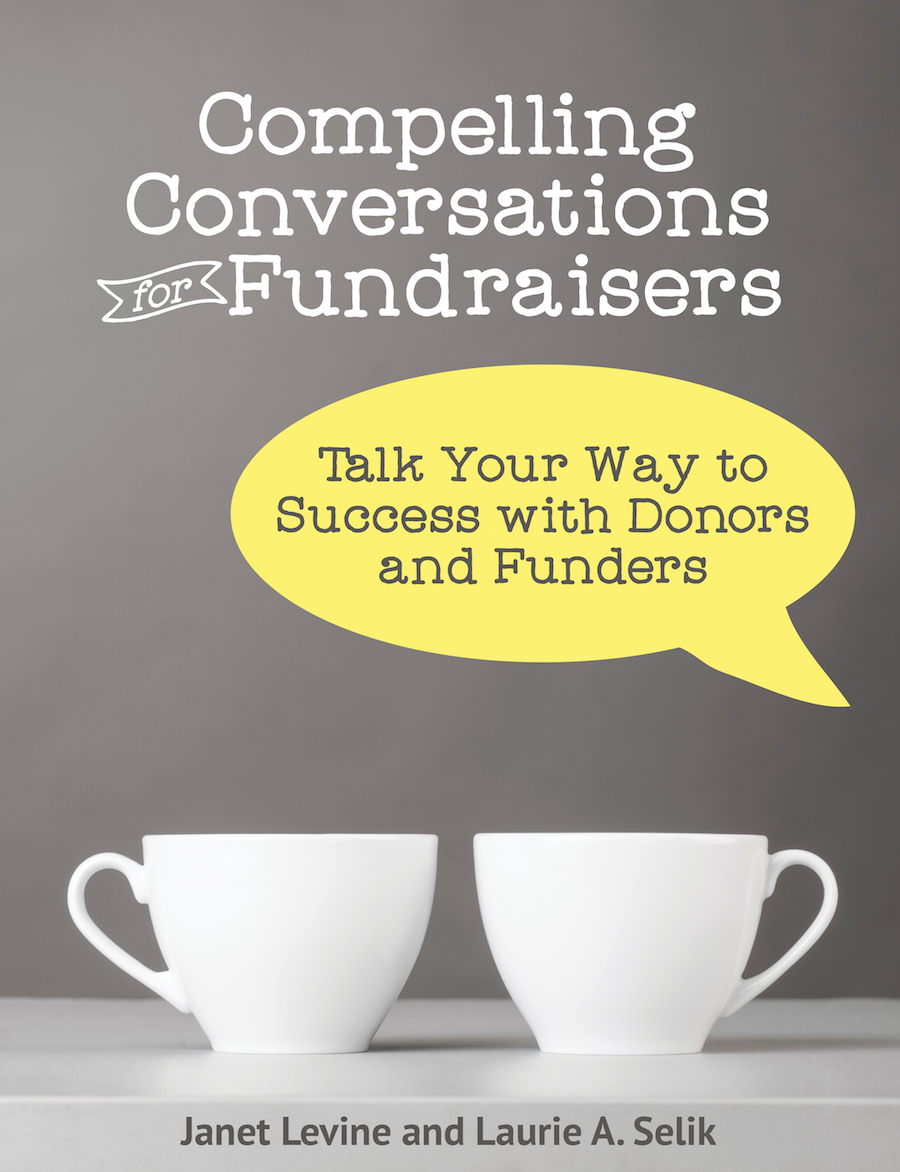Getting It Right
 Fundraising, we often say, is building relationships. And that is true—in a way—no matter what type of fundraising you are doing. Most individual fundraising is done at a distance, though an appeal letter, a newsletter, even social media. So how do you build relationships that way?
First off, the communication should be focused on your donors’ interests, and not necessarily on yours. That means, instead of telling them what a fab job you are doing, frame in a way that shows the impact and importance of their support. What are they part of and how does what they do allow the work to flourish?
Fundraising, we often say, is building relationships. And that is true—in a way—no matter what type of fundraising you are doing. Most individual fundraising is done at a distance, though an appeal letter, a newsletter, even social media. So how do you build relationships that way?
First off, the communication should be focused on your donors’ interests, and not necessarily on yours. That means, instead of telling them what a fab job you are doing, frame in a way that shows the impact and importance of their support. What are they part of and how does what they do allow the work to flourish?
Many years ago I was preparing a workshop on fundraising for the one-person office. I wanted a snappy definition of successful fundraising and so I did what we all do—I searched on the internet “Definition of successful fundraising.” At the top of the list was this: “Successful fundraising is the right person asking the right prospect for the right amount at the right time for the right project in the right way.”
That’s a lot of rights you need to achieve. So start at the top.
Who is signing your appeal letter? Too often the signer is the Executive or Development Director. Are they the right person to energize the person reading the letter? If you remember that fundraising is about relationships, then it follows that the best ask is the one where one person says to another “Join with me in supporting this fabulous organization.” So ask yourself, Who is the person our supporters will most likely want to join?
Celebrities, yes. But more to the point, people who are like them—from their community. That might mean—probably does mean—that as you write appeals you would be wise to consider which community you are appealing to. This goes to the second right: the right prospect.
That probably means multiple letters and possibly, probably, multiple signers. A letter to a lapsed donor will get more traction if the letter comes from one who had once lapsed, came back into the fold and wants to share how important that return is. And, by the way, asking those LYBUNTs and SYBUNTs to “join with me” in once again supporting our fantastic organization.
Our, as in the sense of you and me.
The right amount is easier to discern when you are meeting one on one. Still, if you ask for a gift without framework, you will get the least amount the person you are asking feels comfortable with. If you get a gift at all. This is part of the reason direct mail has such a low effective rate (effectiveness being the number of yeses relative to the number of asks). More specific asks get better responses, if your asks match your donors capacity.
That means more segmentation. What is a reasonable ask for this specific group? For that one? Yes, “your gift of any size is (truly) appreciated,” but let’s be real. Your 4-figure gift is more appreciate than your 3-figured one, which in turn is more appreciated than the one with only 2-figures. Not, mind you, that we scorn smaller gifts, but yes, bigger in this case, really is better.
But people won’t dig deeply unless the project—the thing you are asking them to support—is appealing. You can ask for general operating funds, just not in those words. That’s why storytelling is so central to fundraising. Tell your prospect how his or her gift will make a difference; how they through their support will change the world, and your prospects will feel motivated to become donors.
Which brings us to the right way.
Arm’s length fundraising—often called transactional—is the starting point. But don’t only speak to your donors from a distance. Make sure you are touching them and just them on a regular basis.
If you can get face to face, that is the best. But even if it is a note telling them how important their support has been and will be in the future, a handshake at an event, an email that isn’t going to the world, can ensure donor loyalty.
This is where your board really can take the lead. Board members have many roles and responsibilities but two of the most important have to do with their relationship to your community. For one, they are charged with bringing community interests and concerns into the organization. And for the other, they are responsible for bringing the organization’s needs and impacts to the outside world.

Janet Levine works to move nonprofits from mired to inspired. Learn more about how she can help you at www.janetlevineconsulting.com. She is also the co-author of Compelling Conversations for Fundraisers, available at Amazon (http://tinyurl.com/hu6rgpa)
